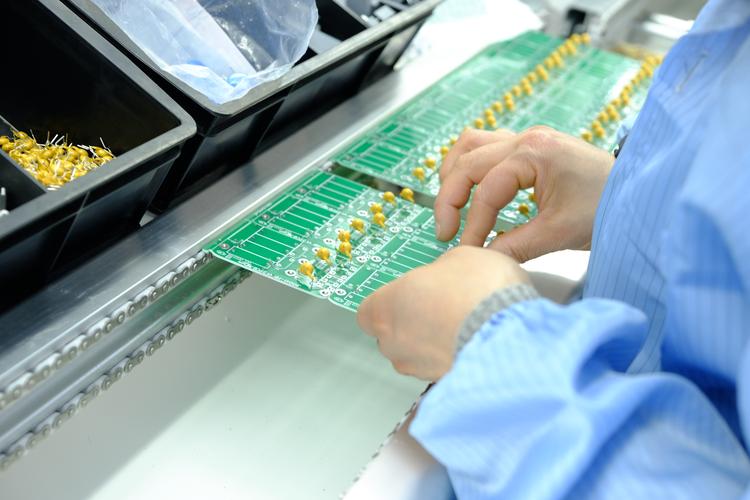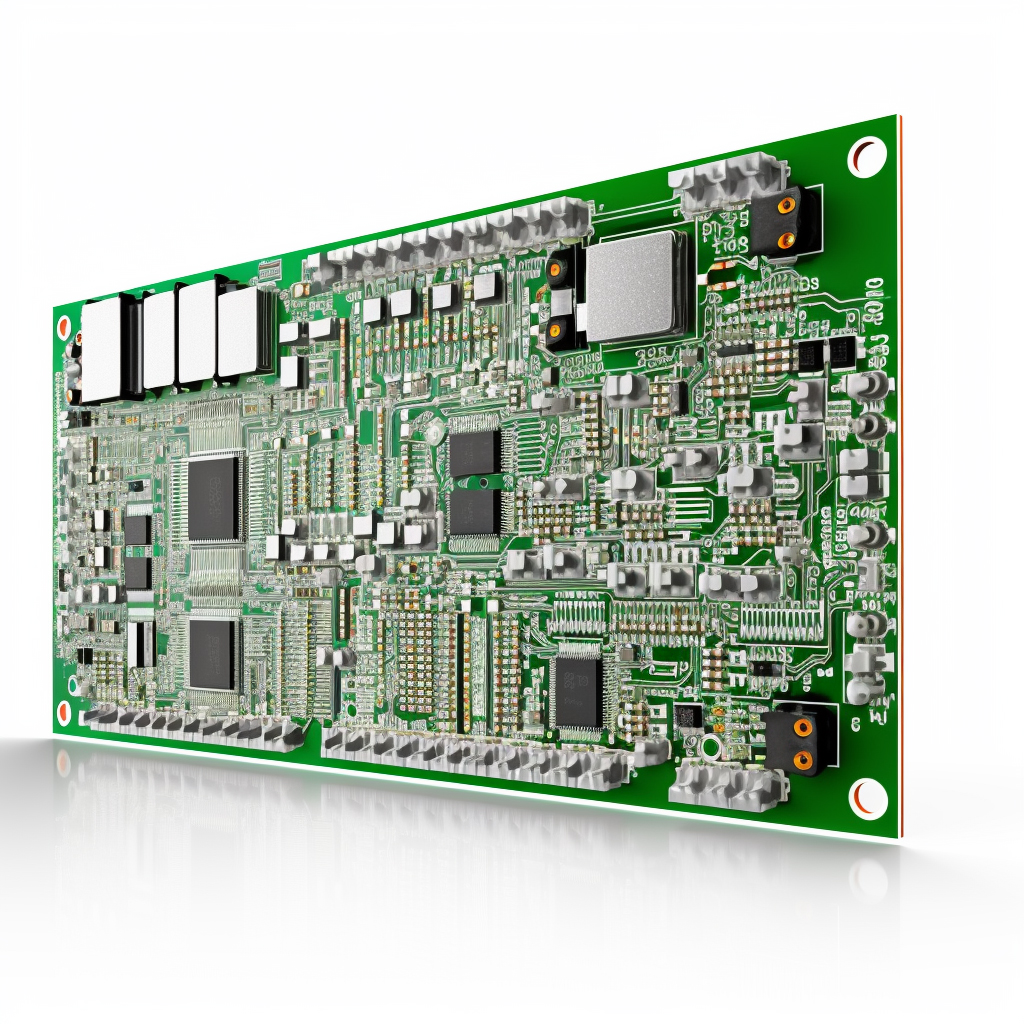Introduction:
The production of medical equipment Printed Circuit Board Assemblies (PCBAs) is subject to stringent regulatory requirements to ensure the safety, reliability, and effectiveness of medical devices.Medical PCBAs are integral components of various medical equipment, from diagnostic devices to implantable devices and telemedicine equipment. In this article, we will explore the regulatory landscape governing medical PCBAs and highlight the key requirements that manufacturers and designers must adhere to.

Regulatory Bodies and Standards:
Several regulatory bodies and standards govern the production of medical PCBAs worldwide. These regulations are in place to safeguard patient health and ensure the quality and consistency of medical devices. Some of the most prominent regulatory bodies and standards include:
1.FDA (U.S. Food and Drug Administration): In the United States, the FDA plays a central role in regulating medical devices. Manufacturers must comply with FDA regulations, including 21 CFR Part 820 (Quality System Regulation), to ensure the safety and effectiveness of medical devices.
2.ISO 13485: ISO 13485 is an international standard for quality management systems specific to the medical device industry. It outlines the requirements for the design, development, production, and servicing of medical devices.
3.IEC 60601: This international standard applies to the safety and performance of medical electrical equipment. It includes requirements related to electromagnetic compatibility (EMC), electrical safety, and essential performance.
4.IEC 62304: IEC 62304 is a standard for the software life cycle processes of medical device software. It covers the development and maintenance of medical device software, including software used in conjunction with PCBAs.
5.UL (Underwriters Laboratories): UL is a certification organization that tests and certifies products for compliance with safety standards. UL certification may be required for certain medical devices and PCBAs.

Key Regulatory Requirements for Medical PCBAs:
1.Design Control:
Manufacturers of medical PCBAs must establish and maintain a comprehensive design control process. This includes design inputs, design outputs, design reviews, and design verification and validation activities. The goal is to ensure that the PCB design meets the intended use and performance requirements of the medical device.
2.Risk Management:
A thorough risk management process is crucial for identifying and mitigating potential risks associated with medical PCBAs. This includes assessing risks related to component selection, manufacturing processes, and environmental factors that may affect the device's safety and performance.
3.Documentation and Traceability:
Regulatory compliance requires extensive documentation and traceability throughout the PCB assembly process. Manufacturers must maintain records of design specifications, component selection, manufacturing processes, and testing procedures. Traceability ensures that any issues can be traced back to their source for investigation and resolution.
4.Quality Management System:
Compliance with ISO 13485 or equivalent quality management systems is mandatory. Manufacturers must establish and maintain a quality management system that encompasses all aspects of PCB assembly, including design, procurement, production, testing, and servicing.
5.Validation and Verification:
Rigorous validation and verification processes are essential to confirm that the PCBAs meet the specified requirements. This includes functional testing, in-circuit testing, environmental testing, and verification of software, if applicable.
6.Component Selection:
Manufacturers must carefully select components for medical PCBAs, considering factors such as reliability, traceability, and compliance with applicable standards. Component sourcing and procurement processes should also be well-documented.
7.Labeling and Packaging:
Medical device labeling must adhere to regulatory requirements, including proper identification, instructions for use, and any necessary warnings or precautions. Packaging should protect PCBAs from environmental factors and ensure sterility when applicable.
8.Software Validation:
If the medical device includes software, manufacturers must validate the software to ensure it meets its intended purpose and does not introduce risks to patient safety. This includes verifying the software's accuracy, reliability, and security.
9.Environmental Testing:
PCBAs used in medical devices may be exposed to various environmental conditions. Testing should evaluate the performance of PCBAs under conditions such as temperature extremes, humidity, vibration, and electromagnetic interference (EMI).
10.Adverse Event Reporting:
Manufacturers are required to establish procedures for reporting and investigating adverse events associated with their medical devices. Timely reporting of adverse events to regulatory authorities is critical.

Conclusion
Compliance with regulatory requirements is paramount in the production of medical PCBAs. Adhering to standards such as ISO 13485, FDA regulations, and international standards like IEC 60601 and IEC 62304 ensures that medical devices are safe, reliable, and effective. Manufacturers and designers must integrate these requirements into every stage of the PCB assembly process, from design and component selection to testing and documentation.
Failure to comply with regulatory standards can lead to severe consequences, including product recalls, legal liabilities, and damage to reputation. Therefore, manufacturers should invest in robust quality management systems, risk management processes, and validation procedures to ensure that their medical PCBAs meet the highest standards of safety and quality.
In the field of medical PCB assembly, regulatory compliance is not merely a legal obligation but a commitment to the well-being of patients and the assurance of high-quality healthcare solutions. Topfast have more than 20 years experiences on PCB assembly,our customers are from France, Germany, US, UK, Austrilia, Russia, Japan, India, Thailand etc...
Welcome to contact us and send your requests on PCB fabrication and PCB assembly.
Address of Plant
PCB Factory:
A1 Building, B Zone, Ditang Industrial Zone, Ditang Road, Shajing Street, Bao'an District, Shenzhen, China
PCBA Factory:
Room 805, Room 806, Room 809, No. 96, Chuangqiang Road, Ningxi Street, Zengcheng District, Guangzhou City, Guangdong Province, P.R. China
Office Address:
Room 805, Room 806, Room 809, No. 96, Chuangqiang Road, Ningxi Street, Zengcheng District, Guangzhou City, Guangdong Province, P.R. China